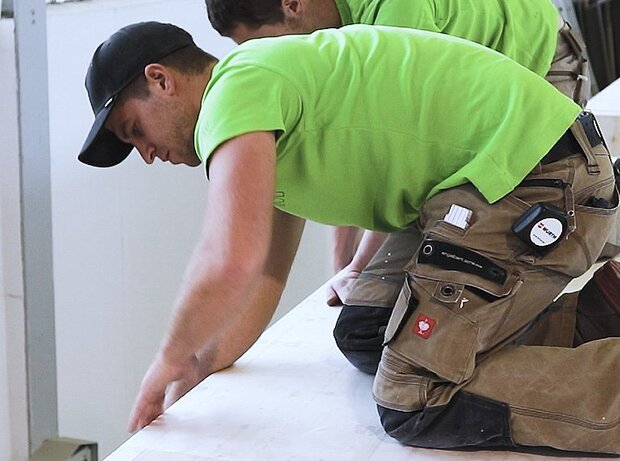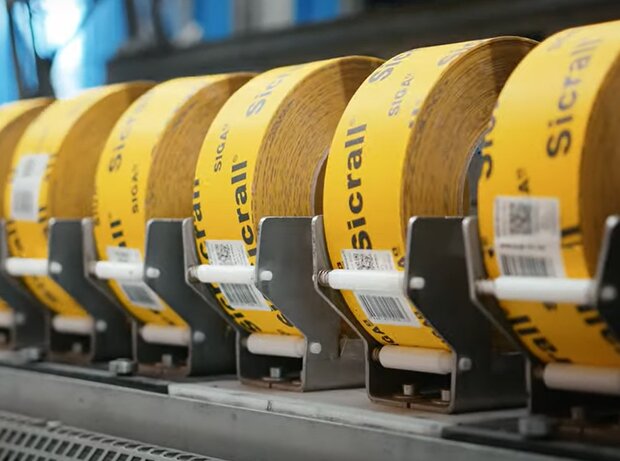
Next-Gen Window Sealing with SIGA Meltell® Sealant
450 million windows are installed yearly—many need more than tape. SIGA’s Meltell® sealant ensures airtight sealing where Fentrim® can’t do the job alone.
Especially for renovations, Meltell® from SIGA is the ideal partner for air- and rain-tight sealing of windows. Meltell® has been upgraded and is now available in no less than five versions. Below you will find illustrations and tables for perfect joint sealing.
Upgrade to Meltell® 300
SIGA Meltell® was originally developed for sealing gaps, leaks and penetrations. This is why SIGA Meltell® 200 could not be used for permanently airtight and rainproof sealing of windows. The new Meltell® 300, however, is made precisely for this purpose. All window connection joints, door connection joints and façade connection joints can be easily sealed with it in compliance with regulations, both indoors and outdoors. And of course Meltell® 300 takes over all the applications of Meltell® 200, i.e. sealing penetrations, gaps and leaks. Meltell® is available in two versions, namely as a tubular bag and as a cartridge.
With the further development of the hybrid sealant, SIGA is expanding the Meltell® product range at the same time. The joint sealant is available in white, black, grey and now also in anthracite. The white version is also available with texture. This variant offers particularly great advantages in renovation or when using thermal insulation composite systems with textured plasters.
The advantages of Meltell? As simple as they are obvious:
- Meltell® dries in a short time
- Meltell® is particularly easy to model
- Meltell® is compatible with all SIGA products
Meltell® the renovation professional
In the next few years, thousands of windows will be renovated in the German-speaking regions of Europe. Renovation is (among other things) the special field of Meltell®, because here only adhesive tapes can be used if they are concealed by later finishing with plaster, a composite thermal insulation system or a reveal board.
For professional renovation with Meltell®, a suitable backfill material is applied in the joint and the joint is then sealed with Meltell® sealant. Incidentally, a suitable backfill material is a closed-cell PE round cord. A PU foam is not a suitable backfill material according to the IVD bulletin and RAL guidelines. Compriband is also not a suitable backfill material.
Correct execution with Meltell® and adherence to the 2-flank adhesion (adhesion on both sides of the joint) as well as the correct joint width to joint depth ratio ensure the functionality of the sealant joint over a long period of time. Only if this is observed can the sealant work optimally, expand and compress and seal the window joint permanently.
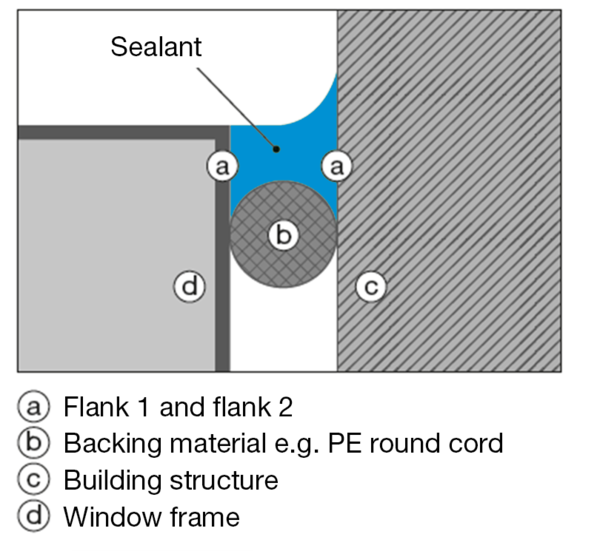
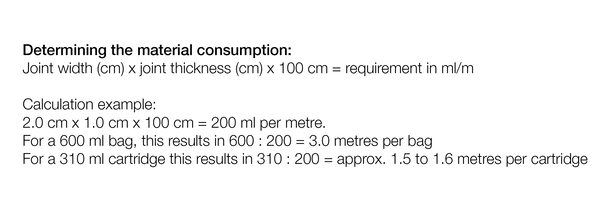

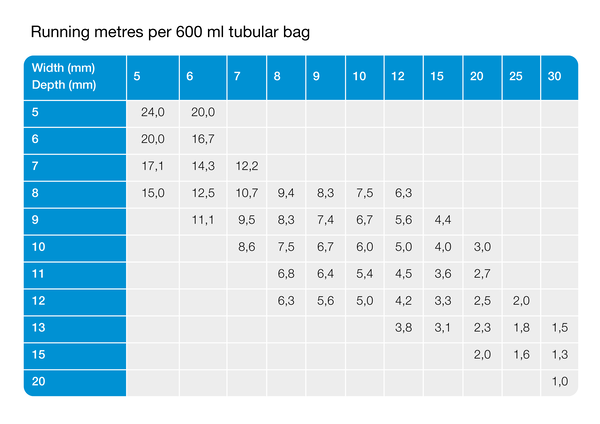

Alejandro Jimenez
Communications specialist at SIGA & outdoor enthusiast


